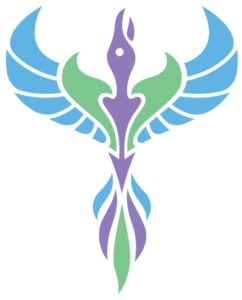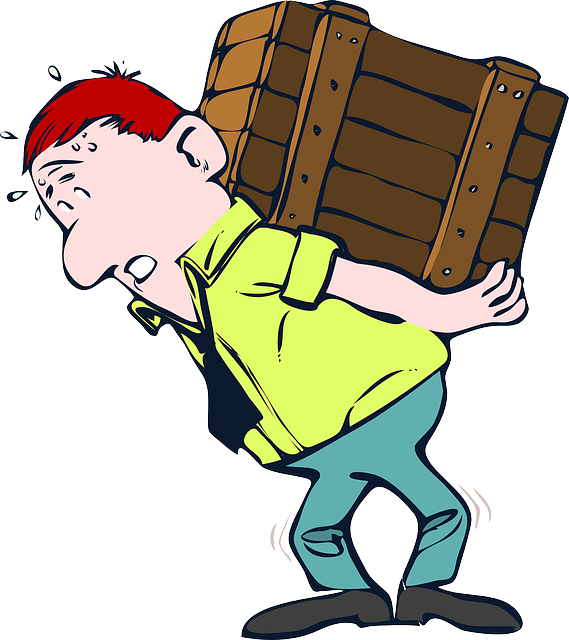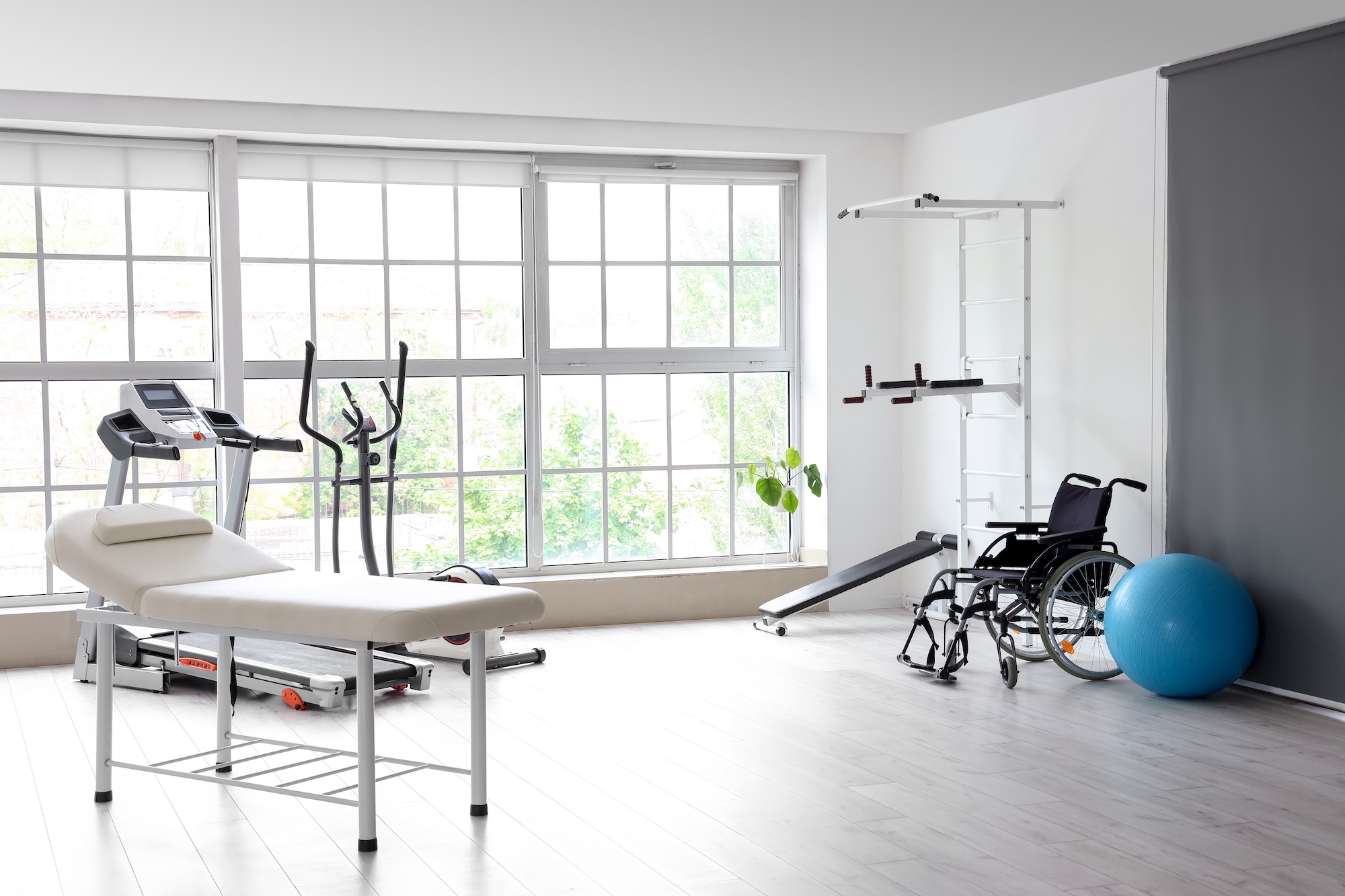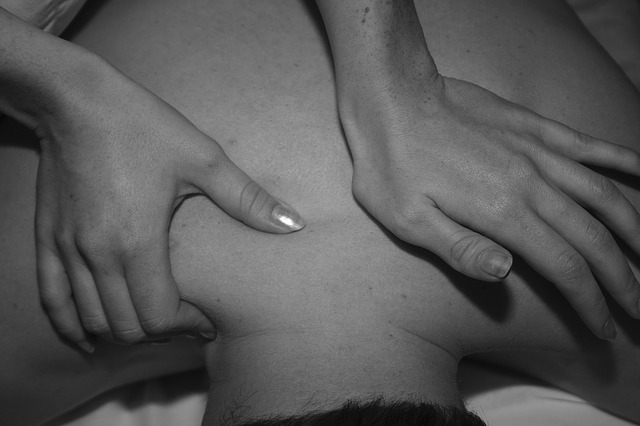Posts by Karen
Cores to the Fore
Core strength is so much more than just the middle of your body. The core is a network of muscles that have an influence or contribute to almost every movement we make. The core’s basic functions include: commencing movement, limiting and stabilizing movement, and transferring forces across the body. We focus on the importance of the second function: stability. For people looking to improve their suffering from back pain, or to prevent pain from occurring in the first place, a healthy knowledge of the core’s role is essential.
We will define core stability as the ability of these muscles to control the force we produce. In this way, a more stable core means that the structures and muscles of the back in particular are less vulnerable to aggressive movements that could cause damage. Therefore, the typical core strengthening crunch is of secondary importance. A better metric is how well you can achieve exercises including deadlifts, planks, and side planks.
For people looking to lead a life free of back pain, the core is undoubtedly a high priority; ensuring you exercise the core the right way is equally important. At our office iwe can help you create a back care plan that encompasses your personal fitness goals and the condition of your back. Give us a call and see what we can do together today.
Whiplash: no good for the neck
Whiplash, a term almost onomatopoeic in nature, evokes the visceral image of a cracking whip, vividly capturing the abrupt and forceful impact experienced by the neck during an unforeseen automobile collision. In the blink of an eye, the neck undergoes a rapid jarring, oscillating between forward-and-backward or side-to-side movements, resulting in damaged tissues and misaligned vertebrae. Even at seemingly modest speeds of impact, the aftermath can be profound, manifesting as severe pain, dizziness, headaches, and blurred vision. In the aftermath of such an incident, the immediate concern often transcends the bureaucratic processes of police reports or insurance claims. Instead, the paramount consideration becomes addressing the potential alteration to the spine caused by the accident.
Within our practice, we specialize in the targeted treatment of the structures and muscles profoundly affected by car accidents. Recognizing that proper spinal health hinges on the delicate balance and alignment of vertebrae and muscles, we confront whiplash as a formidable adversary capable of exceeding the spine’s tolerance for extreme movements. Ligaments strain, and vertebrae misalign under the impact, leading to a cascade of discomfort. Our approach involves employing spinal adjustments to meticulously restore proper alignment, alleviating any painful nerve impingements. Our commitment is to guide the cervical region back to its pre-accident state of alignment, facilitating the recovery of strained muscles.
Allow us to take care of your back in the aftermath of an automobile accident. Reach out to our office to schedule an appointment today, ensuring that you receive the specialized care needed to address the nuances of whiplash and restore optimal spinal health.
Walking
Muscles tensed and back stiff; intervertebral discs absorbing fluid and tightening; lack of circulation: this is your body on a sedentary lifestyle. So, take a hike! And no, this is not intended to be rude. At our office, we are seeing the toll that the 21st century is taking on human spines. Once upon a time, you might have had to walk to the market to get your food, or push a lawn mower to mow the lawn, or use your brain to parallel park your car. But the way of the future is automation: your lawn can now be mowed remotely, your food delivered on a schedule. This is to the detriment of all the working parts of the body and it is time people simply stood up.
A lifestyle that requires long hours sitting in front of the computer followed by long hours of leisure in front of a television screen can be defeated with a simple, committed approach to stretching and walking. If time is money, the spine must be factored into your overall budget. Budgeting a few minutes per hour to give your body a wiggle and your spine a stretch should become a priority. But for many people a lack of awareness creates this sedentary attitude. At our office, we can help you find ways to get moving.
The health benefits of a 30-minute walk:
- Increased circulation
- Better breathing
- Muscles lengthening and moving
- Increased mental acuity
- Decreased stress
- More range of motion and flexibility
So, take a walk and feel your body come alive. For help finding ways to incorporate more walking or stretching into your life, call our office. It may feel funny or almost counterintuitive, but we need to get moving again.
Embrace a Healthy Winter Lifestyle
Winter is a season that offers numerous opportunities to modify your eating habits, promoting both warmth and wellness. Say goodbye to processed fats and sugars and venture to your local winter market, where you will discover an abundance of nourishing foods: rich in vitamins, minerals, antioxidants, fiber, and healthy sugars and fats that can help you maintain a healthy lifestyle.
Whole foods over processed: Choose whole foods over their processed counterparts. Winter is the perfect time to savor the natural flavors and nutrients in seasonal produce. Opt for hearty soups, roasted root vegetables, and fresh salads to fuel your body with the essential nutrients it needs.
Portion control: In the winter, our bodies crave warmth and comfort, often leading us to indulge in larger portions. Keep in mind that we tend to consume 92% of what’s on our plates. By practicing portion control, you can instantly manage your calorie intake and maintain a healthy weight. This, in turn, reduces the strain on your back, especially the lower back, helping to prevent chronic pain.
Anti-inflammatory choices: For those dealing with winter-related aches and pains, it’s crucial to focus on anti-inflammatory foods. Incorporate ingredients like turmeric, ginger, and dark leafy greens into your meals. These ingredients can help reduce inflammation, alleviate discomfort, and promote faster healing.
Fish for warmth and health: In winter, fish can be a wonderful addition to your meals. It’s a lean protein source that contains essential fatty acids and high levels of vitamin D, essential for maintaining bone health and overall well-being. Enjoy a comforting bowl of fish stew or grilled fish for a heartwarming and nutritious meal.
Warm beverages: Swap out your usual sugary coffee for a soothing cup of herbal tea. Winter beverages like herbal teas and warm water with lemon can help keep you hydrated, boost your immune system, and provide comforting warmth without the excess calories and sugar.
Nourish your body throughout the winter season to maintain your health. Consider a holistic approach to wellness by scheduling an appointment with a healthcare provider who can help you stay aligned, manage muscle tension, and support your nervous system. Don’t hesitate to reach out and make an appointment today to ensure your winter is filled with both warmth and well-being.
Don’t Go Too Crazy
Optimal Spine Health During the Holiday Season
The holiday season, a time of merriment and indulgence, often involves a plethora of delectable but inflammation-triggering foods. While it might not be the most festive topic to discuss around the holiday table, it’s crucial to be aware of how these culinary choices can affect your well-being, especially if you suffer from back pain. With a dash of awareness, you can savor the festivities while taking care of your spine’s health. After all, a little vigilance regarding inflammatory foods can reap countless benefits for your back.
Banishing Inflammation from Your Holiday Plans
When it comes to crafting a list of foods that ignite inflammation, two prominent culprits stand out: sugar and saturated fat, which happen to be common staples in many holiday recipes. But these aren’t the only troublemakers; various ingredients that often grace holiday tables can contribute to inflammation, including:
- Refined flour
- Artificial sweeteners
- Alcohol
While it might be disheartening to think of the holiday season as a time rife with inflammation, the evidence points in that direction. However, there’s a silver lining; you have the power to make informed choices. Many traditional recipes can be transformed into anti-inflammatory versions, ensuring that your holiday feast is both delicious and spine-friendly. Plus, you always have the choice to decline another alcoholic beverage or that tempting cupcake.
Prioritizing Spinal Health Amidst Festive Feasts
Holiday delicacies may be tantalizing to the taste buds, but the inflammation they provoke can leave your back in agony. It’s essential to view every bite as a cost-benefit analysis – if it’s likely to harm your back, it’s best to abstain. For those already grappling with inflammation, consider ice your trusty ally. Maintaining range of motion and staying active are also vital strategies to combat inflammation. Unfortunately, the holiday season often sees a decrease in physical activity. Try to incorporate reasonable levels of movement into your festivities. If persistent back pain threatens to disrupt your celebrations, don’t hesitate to contact our office to schedule an appointment. We’re here to assist you with all your spine-related concerns this holiday season.
Remember, your spine’s health is a gift that keeps on giving, so prioritize it even during the most indulgent time of the year. Wishing you a happy and pain-free holiday season!
Rehabilitating Herniated Discs
In the pursuit of rehabilitating your herniated disc, we emphasize a straightforward and practical approach. Our primary objective is to assist you in managing your condition, with a primary focus on alleviating pain. While an initial period of rest may be advisable, it’s crucial to recognize that your muscles require consistent conditioning to facilitate a proper recovery. Exercise plays a pivotal role in complementing chiropractic care as we work together to restore your full health.
In our care, you can expect chiropractic adjustments aimed at restoring joint mobility and hands-on treatments that enhance blood circulation to the affected area, promoting the healing process. However, what can you do in the interim to contribute to your own recovery?
- Start small with simple stretches that lengthen restrictive muscles, improving muscle tone and range of motion.
- Improve core muscles: trunk muscles, abdominals, and pelvic stabilizing muscles are all important for sharing the burden of your body’s weight with the lumbar vertebrae.
- Leave the couch behind. In the early stages of your recovery, focus on light aerobic exercise: walking or swimming are good places to start. Only go for as long as you feel comfortable, and then gradually increase your time each day.
The key takeaway from this message is that a diligent commitment to exercise is integral to your complete recovery and the long-term health of your back. To develop a dynamic and tailored strategy for rehabilitating your herniated disc, we encourage you to contact our office and schedule an appointment today. We’re here to guide you every step of the way towards a healthier, pain-free future.
When Running
If you have been swept off your feet and into the running revolution, we hope you will pay attention to your form as you go. Proper posture while running is one of the easiest ways to prevent injury to your spinal joints.
Our number one tip is to vary your running surfaces: running on concrete is incredibly hard on the shock-absorbing structures of the body, and it will cause them to degrade very quickly as opposed to running on softer surfaces.
Focus on posture: fight the urge to let your head drop when tired.
- Keep your head centered above your spine and face forward; the rest of your body will follow this example.
- Pay attention to your shoulders and make sure they stay relaxed. If you feel them tightening, take a break and shake out the tension.
- Your hips are your center of gravity. Staying upright prevents your pelvis from tilting forward, which is a sure way to cause lower back pain.
Much of running is unconscious- as you fall into a rhythm, it is easy to forget to stay upright. If the aftermath of a run sees you nursing a tender back or tight muscles, give our office a call. We will assess the state of your spine and see if repetitive trauma is causing damage to the structures and muscles of your back.
Vitamin D: Free for a Limited Time
Vitamin D: one of the most important nutrients in the human diet. From the chiropractor’s perspective, vitamin D is essential because of its contribution to bone density and nervous system regulation. In the summer, it is abundant and free of charge: the sun is our most significant source of vitamin D. We simply need to sit outside and our body will naturally produce it when exposed to direct sunlight.
Some quick benefits of vitamin D
- Regulates absorption of calcium and phosphorous
- Helps bones and teeth develop properly.
- Helps the immune system function
- Helps people lose weight
- Fights depression and disease
Recommended intake: 10 minutes of pre-sunscreen exposure to the sun per day.
Intake by food:
- Sardines
- Egg yolk
- Mushrooms
- Fortified milk or orange juice
- Fortified yogurt
Vitamin D is a super nutrient, but it is also one of those that is sometimes hard to come by. As a result, a high percentage of Americans are chronically deficient in vitamin D. We would like to see everyone take advantage of the summer season to improve their body of health. We want to help you in this endeavor by helping you turn nutrition, exercise and chiropractic care into tools you can use to prevent the injuries that come with aging.
Give our office a call to schedule an appointment today.
Hydrating for Joint Health
I have demonstrated the importance of staying hydrated for overall well-being. Now let’s look at hydration from the point of view of someone suffering from joint pain. There are hundreds of proffered remedies on the web, in medical journals, at the doctor’s office, or in the health food store. But one that all experts should universally agree upon is the importance of hydration for joint health. However, it is often overlooked as a part of a health plan to deal with joint pain and stiffness.
Joint supplements often contain a mix of carbohydrate and protein complexes that nourish our joints and add to the joint’s innate cushioning, lubrication, and shock-absorbing capacities, which may be eroding with time or due to injury. So yes, joint supplements are good for restoring lost cartilage, but in order for them to truly work, they need to be properly hydrated. We want you to take this seriously!
Coffee, soda, tea, and alcohol all provide trace amounts of hydration; however, they also act as diuretics, meaning they promote more water loss than they truly restore. So cutting out these drinks and replacing them with your daily recommendation of water is a great way to improve your suffering from joint pain and stiffness.
There are many other natural ways you can use your diet to improve joint health, but water is the most simple. With chiropractic care, we can correct the underlying cause of joint dysfunction and help you return to a normal range of motion. From here, we help you to keep up a regime of diet and exercise that will keep your joints healthy long into life. Give our office a call and schedule an appointment today.
Stress Free Gardening
Gardening is supposed to soothe the body, mind, and soul. Of this triad, one is more vulnerable to becoming strained and that is the body: the lifting, twisting, pulling, and sweating involved with a day in the garden can leave a spine imbalanced. The last thing you want to feel while trying to relax and reap the benefit of your garden is a twinge in the lower back or a muscle spasm in the shoulder region. Follow these tips to keep gardening stress-free for the body:
- Warm-up: you may think, really? For gardening? Yes, I am serious: limber up before you garden with a few simple stretches to prevent injury from occurring to overly tight muscles.
- Kneel > bend: many quick tasks in the garden could be done by quickly bending over and pulling. This is often how people, “throw out” their backs.
- Keep your tools and your task in front of you. This helps to avoid the kind of twisting that damages the back.
- Lift the way your mama taught you: that is, with the legs instead of your back.
- Rest: take breaks, preferably before you feel overworked. Find some shade, have a glass of water or two, and admire your work. Then get back to it.
Finally, stay well adjusted: chiropractic adjustments make sure that your spine is aligned and your nervous system is working properly. It’s good for the mind, soul, and body! To make sure your body is optimized for your gardening routine, give our office a call.










